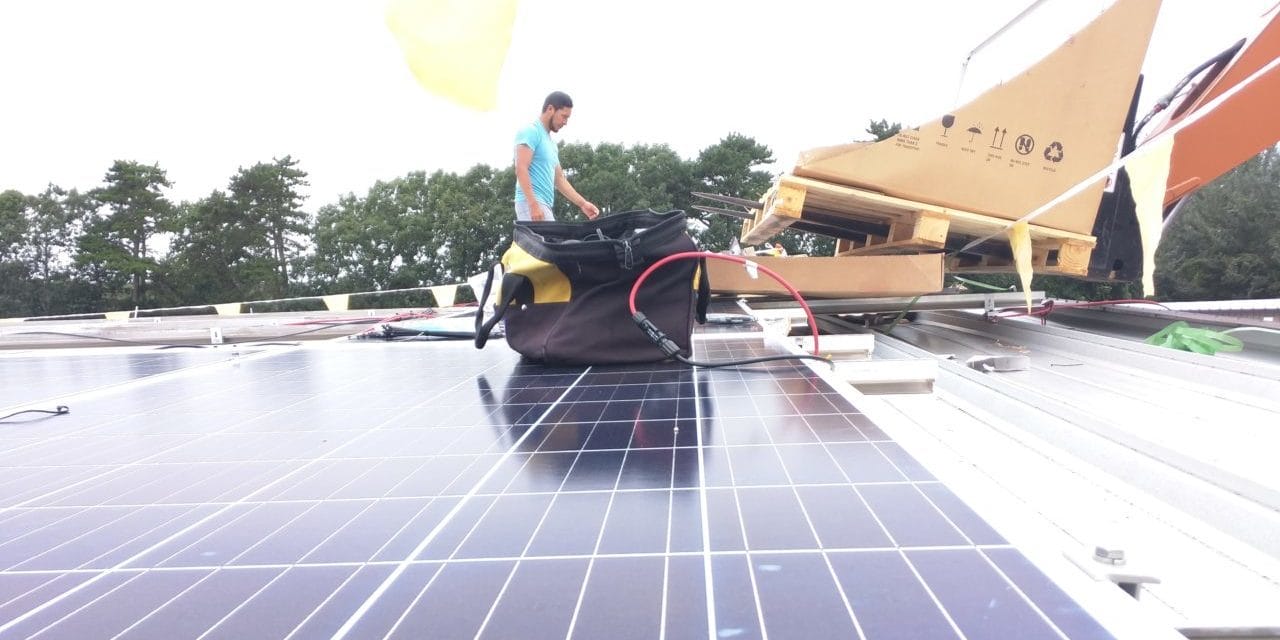The Massachusetts Department of Energy and Resources has updated its SMART solar power program. Updated documentation can be found on the emergency rule making page.
At the highest level, the most needed change is that the program has doubled in size from 1.6 GW to 3.2GW of total solar power. This needed to occur because half of the state had already filled out its allotment. In fact, much of that allotment was grabbed in the first week the program went live back in November 2018.
The additional expanded capacity blocks gave 16 MW to Fitchburg Gas & Electric, 723 MW to mainland National Grid, 6.4 MW to Nantucket-based National Grid, and 853 MW to the newly combined Eversource East & West regions. Along with updates in volume, the chart below shows the amount to be paid to solar power generators over the term lengths.
A key detail is that this volume represents inverter sizing: the AC side of the equation. The DC side, where solar modules are accounted for, will be at least 30% greater. Suggesting actual volume deployed by the end of the 3.2 GW program will be ~4.1 GWdc.
And I say at least 30% because that value roughly represents the standard DC to AC (solar module capacity to inverter capacity) ratio. The CommercialSolarGuy happens to know of multiple projects which have ratios far beyond the industry standard value. Including one developer partner who has several projects with amazing 3:1 DC to AC ratios.
Pollinators, smaller solar, required energy storage and more
The many changes to the regulation can be more clearly seen in the redline version of the legislation.
A new “Pollinator Adder” was included. It increases compensation by 1/4 of a cent per kWh (0.25¢/kWh) over the twenty year contract term. The rules by which these facilities will be judged include: at least 33% of array footprint and perimeter are planned to have flowering plants, seed mixes must contain at least 9 flowering species, mixes must contain at least 3 blooming species per season, and may contain no more than 25% grass and sedge species. In addition to seed mixes, the rules also consider local animal populations by requiring a 6-12 inch gap at the bottom of the fence for wildlife passage.
Roughly speaking, a 1 MWdc project that goes pollinator will pay approximately $10,000 in additional seed and preparation costs. Over the course of the 20 year contract the facility can expect to generate an additional $60,000 in revenue.
The massive uptake of solar volume by large projects (greater than 500 kWac per the state’s definition) left the medium-sized space – 25 kW up to 500 kW – with far fewer opportunities. This decrease is without a doubt part of the reason the commercial and industrial space in Massachusetts saw a 34% decline in 2019 versus 2018. As a result of this, the state decided to add a requirement that each capacity block reserve at least 20% of its total capacity for projects within that middle range. This is in addition to the 20-35% chunk of volume reserved for projects smaller than 25 kW.
Expect to see a large number of projects sized exactly at 500 kWac with *very large* DC to AC rations, coupled with energy storage.
Speaking of energy storage, the state now requires that all projects greater than 500 kW are coupled with energy storage. The energy storage will increase the rate paid to the solar project based upon the above equation. Easy right?
You can also use this really well done spreadsheet.
And one last refinement that might turn out to be much more significant in the long run. Once Eversource East (mostly located south of I-93 and east of Route 24) uses up its allotted capacity in blocks 1-8, they and Eversource West will be combined into a single capacity zone. They’ll share their allotted 853 MW of solar. The East region is known for limited land, and its heavily saturated power grid. While the West region has much space but low demand.
…………..
The CommercialSolarGuy is a residential and commercial solar developer located in New Bedford, Massachusetts. We specialize in the Massachusetts SMART program. See an example of one of our SMART projects in Brewster, Massachusetts.



